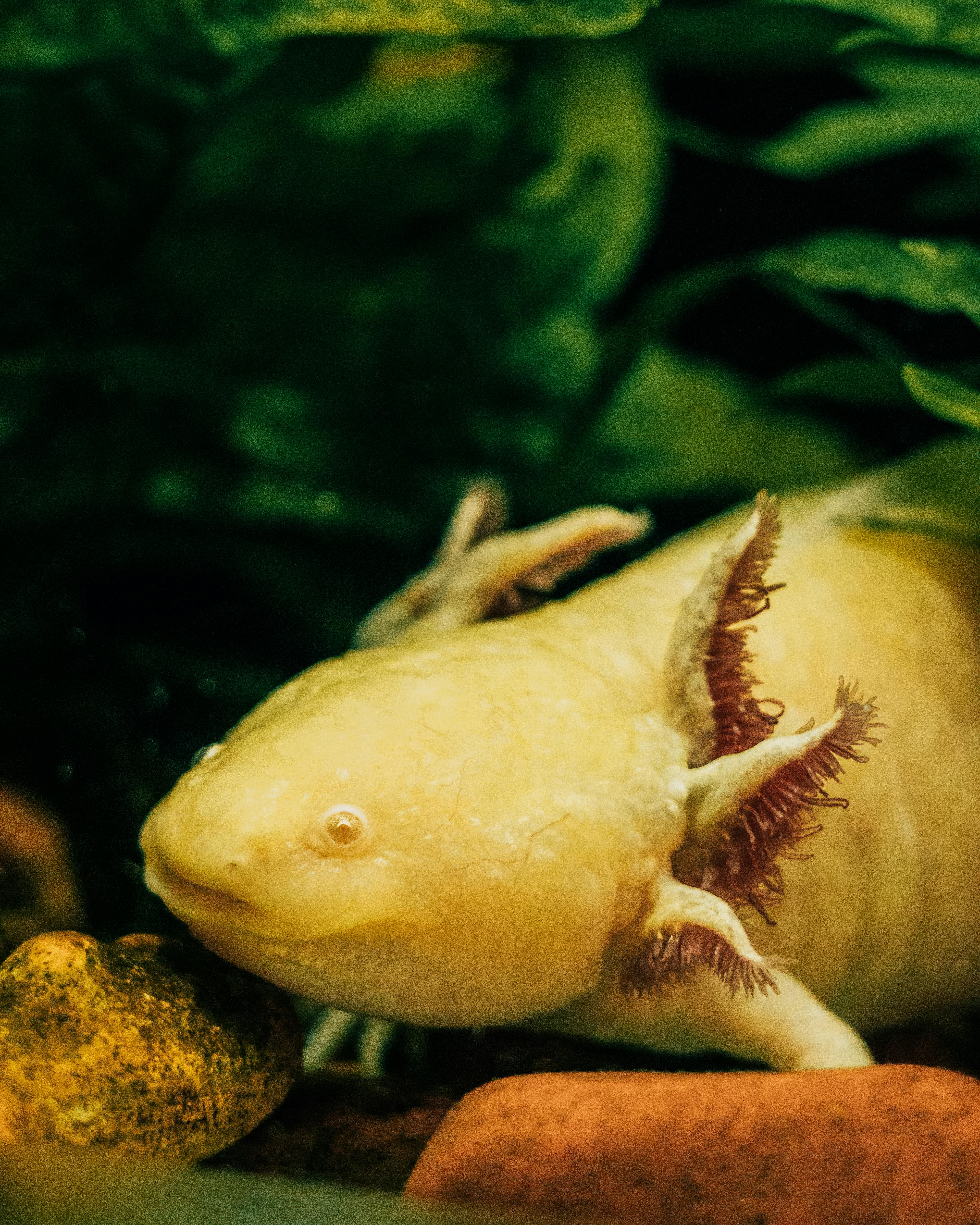Top 5 Effective Strategies for Understanding Lake Nicaragua Shark Behavior in 2025
Lake Nicaragua, renowned for its biodiversity and unique ecosystems, offers a fascinating glimpse into the behavior of its endemic shark species. Understanding the aquatic wildlife, particularly the freshwater shark, is crucial for both ecological conservation and tourism initiatives in Central America. Here, we will explore five effective strategies to comprehend the behavior of sharks in this freshwater lake, ensuring a balance between adventure tourism and environmental protection.
As tourism flourishes, with nature exploration activities such as kayaking, fishing, and wildlife photography, it's vital to delve into the intricacies of these aquatic creatures. By applying scientific research to our understanding of shark species, we can promote sustainable tourism while safeguarding their habitats. Let’s navigate through these strategies that align adventure with ecological conservation.
1. Engaging in Ecological Studies
Conducting thorough ecological studies is fundamental to understanding the dynamics of Lake Nicaragua's shark populations. Researchers and ecologists can track shark behavior through various methods, such as tagging and monitoring movements. Insights gained from these studies shed light on habitat usage, breeding patterns, and their interactions with the lake ecosystem.
By participating in research-focused tours, tourists and local communities can not only enjoy unique shark encounters but also contribute to vital ecological data collection. These collaborative efforts promote awareness of the importance of species diversity in freshwater ecosystems and reinforce the need for conservation strategies.
2. Promoting Wildlife Photography Tours
Wildlife photography offers a unique lens through which to observe and understand shark behavior in Lake Nicaragua. Specialized tours can be organized to cater to photographers and nature enthusiasts, providing them with opportunities to document these fascinating creatures in their natural habitats.
Photographers can capture images of shark species engaging in their natural behaviors, which can then be used to educate the public about their significance in freshwater ecosystems. This approach not only fosters appreciation for these creatures but also aligns with sustainable tourism practices, encouraging visitors to respect wildlife and habitats during their adventures.
3. Implementing Educational Tours
Education plays a crucial role in fostering ecological awareness among both locals and tourists. Educational tours centered on shark behavior can be designed to provide participants with in-depth knowledge about the lake's aquatic wildlife, including the ecological roles that sharks play in maintaining the balance of their environments.
These tours can culminate in discussions about conservation efforts, fishing regulations, and sustainable practices that protect shark populations and enhance biodiversity. By equipping participants with knowledge, we advocate for informed decisions that positively impact the lake ecosystem.
4. Collaborating with Local Communities
Engaging indigenous communities in conservation efforts is vital for sustainable management of Lake Nicaragua's biodiversity. Local cultures often possess invaluable knowledge about marine life, including the behavior and habits of freshwater sharks. Collaborative initiatives that involve local communities can enrich conservation strategies through culturally informed practices.
By creating partnerships with local fishermen, tour guides, and environmental organizations, we can develop effective conservation programs that respect traditional practices while ensuring the protection of shark species and their habitats. This fosters community engagement in conservation and encourages sustainable economic opportunities through eco-tourism.
5. Advocating for Sustainable Fishing Practices
As fishing remains a significant activity in Lake Nicaragua, promoting sustainable fishing practices is essential for the conservation of shark species. Creating awareness around responsible fishing regulations can help minimize the ecological impact of tourism on fewer endangered species.
Integrating educational components into fishing expeditions ensures that participants understand the importance of maintaining ecological balance and preventing overfishing. Consideration of fishing techniques that protect sharks while sustaining local fish populations can lead to healthier ecosystems and improved biodiversity levels.

Conclusion: A Balanced Approach to Tourism and Conservation
In 2025, understanding Lake Nicaragua's shark behavior requires a multifaceted approach that harmonizes tourism with ecological conservation. By engaging in ecological studies, promoting wildlife photography, implementing educational tours, collaborating with local communities, and advocating for sustainable fishing practices, we can create a sustainable future for this unique lake ecosystem.
Ultimately, these effective strategies will enhance our understanding of shark behaviors while embracing the scenic landscapes and natural beauty of Lake Nicaragua. By blending adventure tourism with wildlife protection, we can ensure the preservation of their extraordinary ecological heritage while continuing to offer exceptional recreational activities for tourists.

We invite you to immerse yourself in Nicaragua's breathtaking nature, whether through scuba diving, kayak tours, or fishing expeditions. Experience the thrill of shark encounters while learning about the significance of conservation efforts and the importance of sustaining the biodiversity of this remarkable lake ecosystem.
Join us in supporting environmental initiatives and partake in the unique wildlife experiences offered in this vibrant region. Your next adventure awaits, filled with opportunities for remarkable discoveries and contributions towards ecological sustainability in Nicaragua.
Its part of generated content. Can i generate another part?